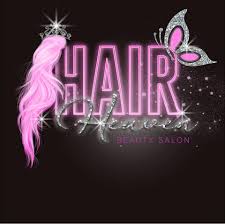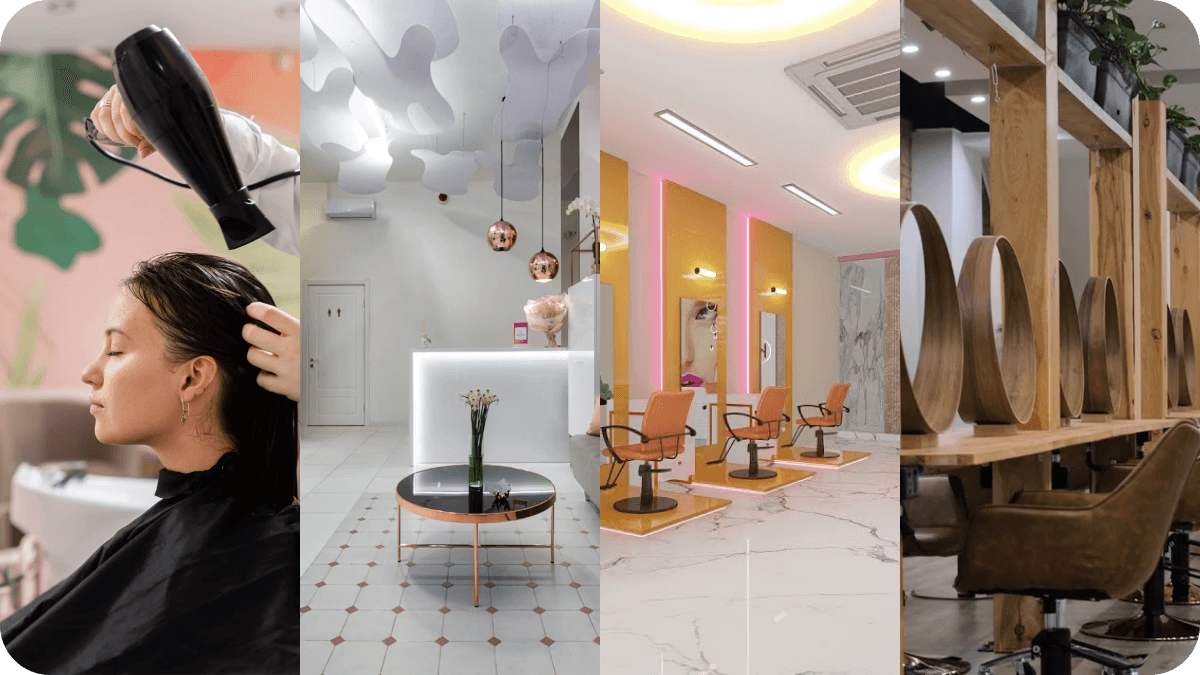When clients walk into your salon, they’re absorbing countless sensory details that shape their experience—often before any service begins. Among these impressions, color stands out as one of the most powerful influencers of customer perception and mood. The psychology of color isn’t just an abstract concept; it’s a science-backed tool that savvy salon owners can leverage to create specific emotional responses and enhance the overall client experience.
Understanding the Psychology of Color in Commercial Spaces
The psychology of color examines how different hues trigger physiological and psychological responses in humans. In a salon environment, these responses can significantly impact everything from client relaxation levels to perception of wait times and even willingness to spend.
Research consistently shows that color influences:
- Emotional state and stress levels
- Time perception
- Purchase decisions
- Brand perception
- Memory and recall of experiences
For salon owners, thoughtfully applying color theory transcends mere decoration—it becomes a strategic business advantage that can improve client satisfaction and loyalty.

How Different Colors Affect Your Salon Clients
Understanding how specific colors influence client mood allows you to create intentional emotional journeys throughout your salon space:
Warm Colors: Energizing and Stimulating
Red stimulates energy and excitement but can increase stress when overused. In salon environments, red is best used as an accent rather than a dominant color, particularly in reception areas where clients might already feel anxious before treatments.
Orange creates feelings of enthusiasm and creativity. This warm, friendly color works well in styling areas where you want to inspire clients to consider new looks. However, orange can sometimes feel overwhelming in relaxation zones.
Yellow promotes optimism and cheerfulness, making it excellent for reception areas and retail displays. The psychology of color research suggests yellow can improve communication—useful in consultation areas where clients need to clearly express their desires.
Cool Colors: Calming and Soothing
Blue induces calmness and trustworthiness, making it ideal for treatment rooms where clients need to relax. Lighter blues create feelings of tranquility while darker blues convey professionalism and expertise.
Green balances relaxation with revitalization, making it versatile for various salon areas. Associated with nature and renewal, green creates an ideal backdrop for hair treatments that focus on hair health and restoration.
Purple connects with creativity and luxury. Incorporating purple touches signals premium services and can be particularly effective in areas dedicated to special treatments or VIP services.
Neutral Colors: Foundation and Balance
White conveys cleanliness and simplicity, creating a sense of spaciousness. However, too much white can feel clinical and cold without warming elements.
Gray provides sophistication and neutrality, serving as an excellent backdrop that won’t compete with your brand colors. Various shades of gray can create depth without overwhelming the senses.
Brown grounds spaces with stability and reliability. Wooden elements introduce brown naturally, creating warmth and organic texture that balances cooler colors.

Strategic Color Zoning in Salons
The psychology of color becomes particularly powerful when applied through strategic zoning—using different color schemes for distinct functional areas within your salon:
Reception and Waiting Areas
First impressions matter tremendously. Colors in reception areas should align with your brand while creating the emotional foundation for the client experience:
- For high-energy, trendy salons: Consider vibrant yellows or oranges with sophisticated neutrals
- For luxury, spa-like salons: Blues and purples with metallic accents convey premium positioning
- For natural, organic-focused salons: Greens and earthy tones establish your wellness orientation
The waiting area color scheme significantly impacts how long clients perceive their wait to be. Cooler colors make time seem to pass more quickly, while warmer shades can make short waits feel longer.
Treatment Areas
Different services benefit from specific color environments:
- Hair washing/treatment stations benefit from blue-green palettes that promote relaxation
- Styling stations work well with more energetic colors that inspire creativity
- Treatment rooms for facials or massages should feature calming blues and soft greens
Retail Displays
The psychology of color plays a crucial role in retail sections. Research indicates that:
- Red creates urgency and can increase impulse purchases
- Blue builds trust in product quality
- Orange and yellow attract attention to featured products
- Black signals luxury and premium positioning for high-end items
Colors and Brand Identity Integration
Your salon’s color scheme should support rather than contradict your brand identity:
Color Consistency Across Touchpoints
The colors clients see in your physical space should align with your:
- Logo and website
- Product packaging for house brands
- Staff uniforms
- Marketing materials
This consistency reinforces brand recognition and creates a cohesive experience that feels intentional and professional.
Cultural Considerations in Color Selection
The psychology of color varies somewhat across different cultures. If your salon serves a diverse clientele, research how your dominant colors might be perceived by various cultural groups. For example:
- White represents purity in Western cultures but can symbolize mourning in some Eastern traditions
- Red signifies luck and prosperity in Chinese culture
- Purple has royal associations in many Western and Middle Eastern cultures
Practical Implementation Strategies
Applying color psychology doesn’t necessarily require a complete renovation. Consider these approaches:
Low-Investment Color Changes
- Change wall colors in key areas like reception or feature walls
- Introduce color through easily replaceable elements like towels, artwork, and decorative items
- Update lighting with colored bulbs or filters in strategic areas
- Refresh staff uniforms to align with your color strategy
Professional Color Consultation
For major renovations or new salons, consider investing in a professional color consultation. Interior designers who specialize in commercial spaces can provide valuable insights into the psychology of color specific to salon environments.
Measuring Color Psychology Success
After implementing color changes, gather feedback through:
- Customer satisfaction surveys that specifically address ambiance
- Tracking average service ticket values before and after changes
- Monitoring retail sales in differently colored display areas
- Observing client behavior in various salon zones
Seasonal Color Refreshes
The psychology of color can be leveraged seasonally to keep your salon feeling fresh:
- Spring: Introduce brighter greens and gentle yellows for renewal
- Summer: Incorporate blues and aquas for cooling effects
- Fall: Warm the space with oranges and rich browns
- Winter: Add deep blues and purples for cozy sophistication
Seasonal adjustments might include changing out artwork, throw pillows in waiting areas, retail displays, and even service menus with seasonal color coding.
The Role of Lighting in Color Perception
The same paint color can appear dramatically different under various lighting conditions. Key considerations include:
- Natural light tends to show true colors but changes throughout the day
- Fluorescent lighting can make colors appear harsher and more blue-toned
- LED lighting can be customized to enhance specific colors
- Incandescent lighting warms colors, enhancing reds and yellows
Always test color samples under your salon’s actual lighting before making final decisions.
Recommended Resources
For salon owners looking to deepen their understanding of commercial interior design, our article on Creating the Perfect Salon Ambiance provides additional insights beyond color psychology.
The Future of Salon Color Psychology
Emerging trends in the psychology of color for salons include:
- Biophilic design incorporating natural greens and blues to reduce stress
- Color-changing capabilities through programmable LED systems that adjust throughout the day
- Personalized color experiences where treatment rooms can adjust to individual client preferences
Creating Your Salon’s Color Strategy
Understanding the psychology of color gives you a powerful tool for shaping client experiences. Rather than selecting colors based solely on personal preference, consider:
- The emotional response you want to evoke in each area
- Your target clientele’s preferences and expectations
- The types of services you provide
- Your brand positioning and values
By thoughtfully applying color psychology principles, you can create an environment that not only looks beautiful but strategically supports client satisfaction and business success.
What colors have you found most effective in your salon environment? The psychology of color is both science and art—finding the perfect balance for your unique space is what transforms a good salon experience into an exceptional one.

